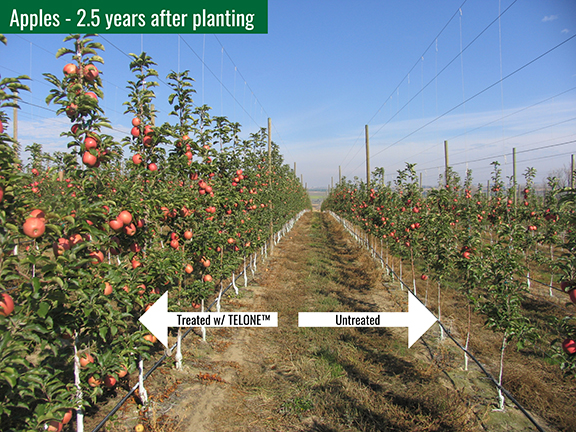Analyzing Blueberries Under High Tunnels


While recent extreme weather events have spurred studies to find more effective freeze protection methods for strawberries, they also have ignited other related research projects. During the 2011 Florida Ag Expo, Dr. Bielinski Santos, vegetable and small fruit horticulturist at the UF/IFAS Gulf Coast Research and Education Center in Balm, dedicated the second part of a two-pronged presentation to the performance of blueberry cultivars under high tunnels. There is growing interest in protected culture for traditional field-grown crops, which plays into the need for berry growers to not only find a more efficient way to protect their crop, but also save and potentially make more money.
According to Santos, the main reasons to consider high tunnels for blueberry production are: freeze protection equals water savings; high early yields; and increased revenues from being able to hit an earlier market window. To put the potential to the test, Santos referenced an experiment that pitted the early yield of two blueberry cultivars (Snow Chaser and Springhigh) grown under high tunnels and open fields during the 2010 and 2011 seasons. Results revealed significant savings that can offset installation costs that run upwards of $20,000 to $30,000 per acre. The water usage under cover (240,000 gallons per acre) vs. open field (1.5 million gallons per acre) wasn’t even close. In addition, production started earlier in the high tunnels, leading to better profit potential in the marketplace.
Beside startup considerations, Santos cited the importance of identifying appropriate areas on the farm if pondering tunnel technology.









